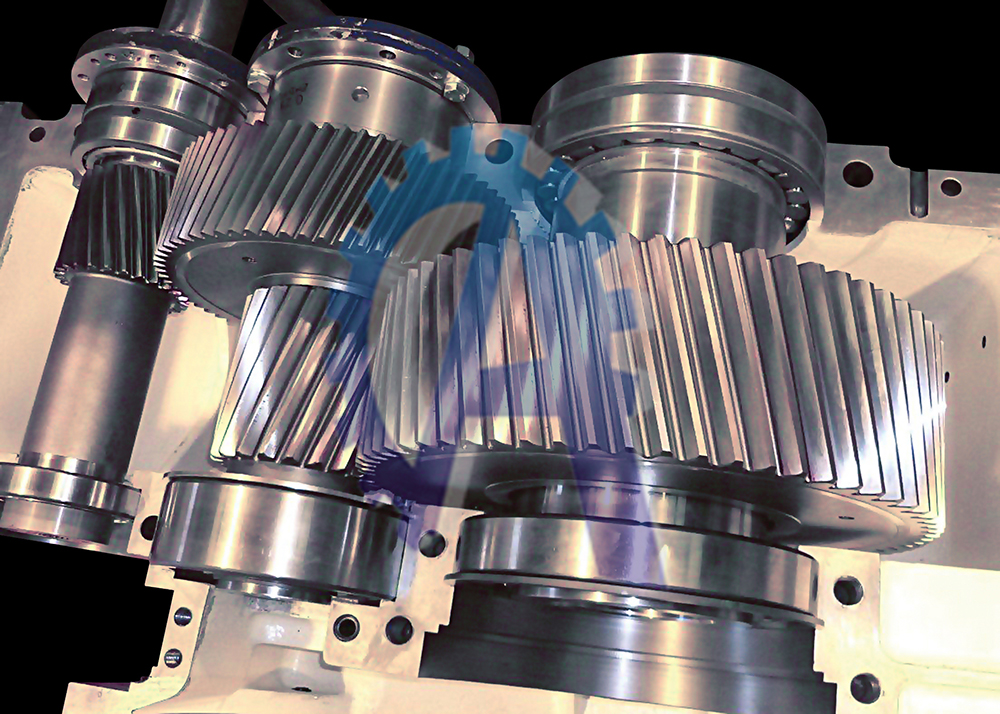When considering a gearbox, many factors need to be considered to meet specific application requirements:
Gear Ratio
Gear ratios are defined as the correlation between the numbers of teeth of two different gears. Commonly, the number of teeth a gear has is proportional to its circumference. This means that the gear with a larger circumference will have more gear teeth; therefore the relationship between the circumferences of the two gears can also give an accurate gear ratio. For example, if one gear has 36 teeth while another gear has 12 teeth, the gear ratio would be 3:1.
Output Torque
Output torque is dependent on the gear ratio used. To obtain a high output torque, a large gear ratio would be selected. Using a large gear ratio will lower the output shaft speed of the motor. Inversely, using a lower gear ratio, a smaller output torque value would be delivered into the system, with a greater motor speed at the output shaft. This statement illustrates the relationship that both torque and speed are inversely proportional to one another.
Speed (RPM)
Speed is proportional to the gear ratio of the system. For example, if the input gear has more teeth than the output gear, the result will be an increase in speed at the output shaft. On the other hand, having the reverse scenario with more gear teeth at the output compared to the input will result in a decrease of speed at the output shaft. In general, the output speed can be determined by dividing the input speed by the gear ratio. The higher the ratio the lower the output speed will be and vice versa.








